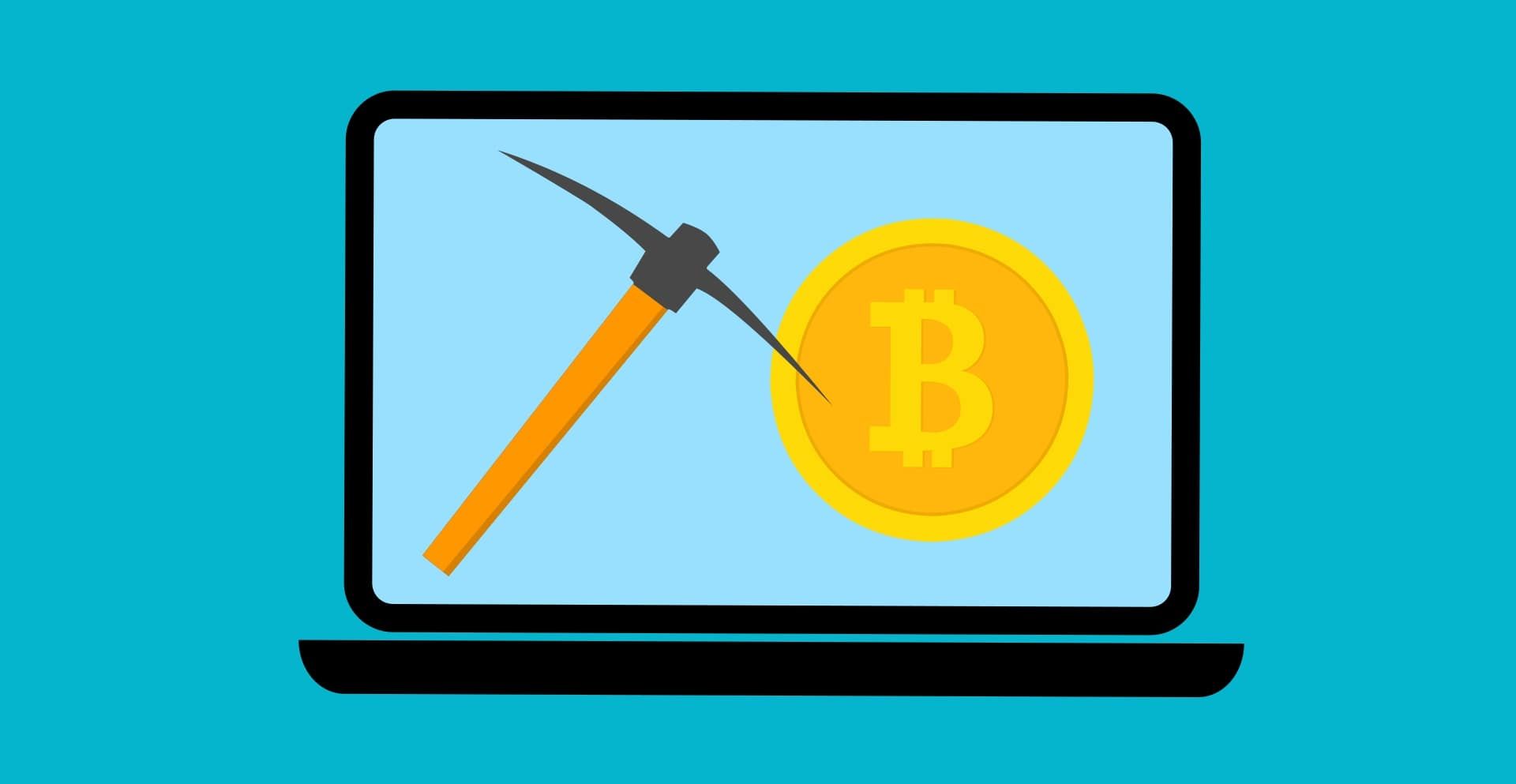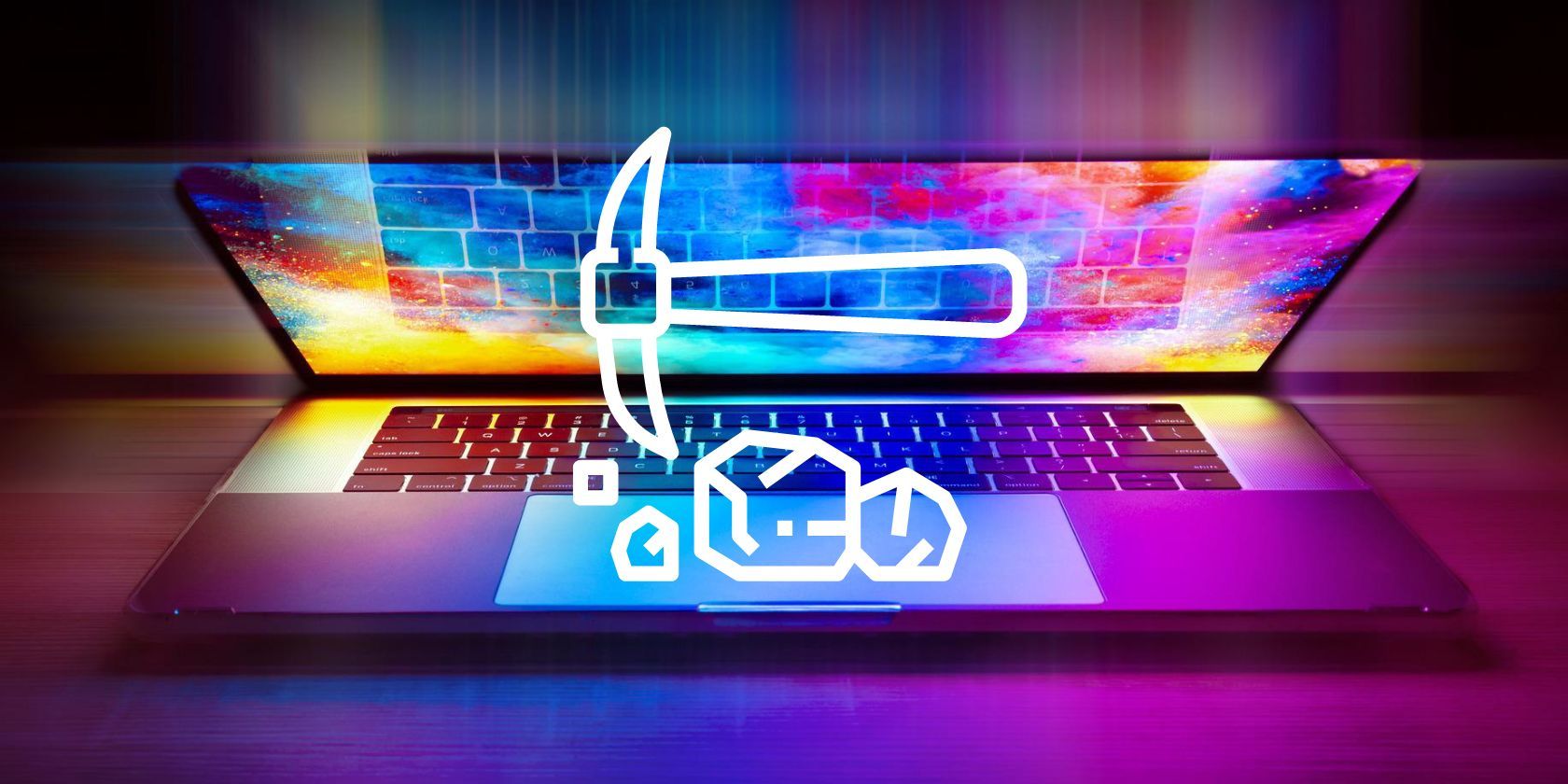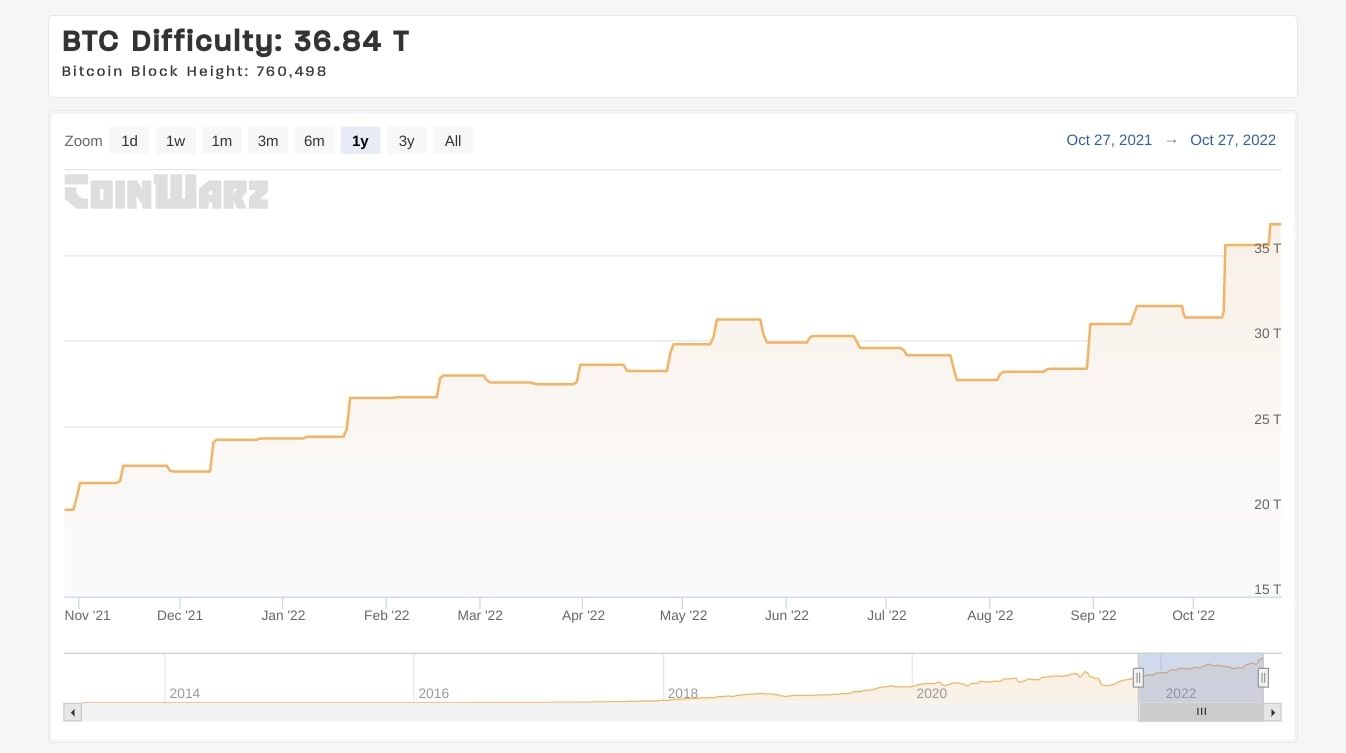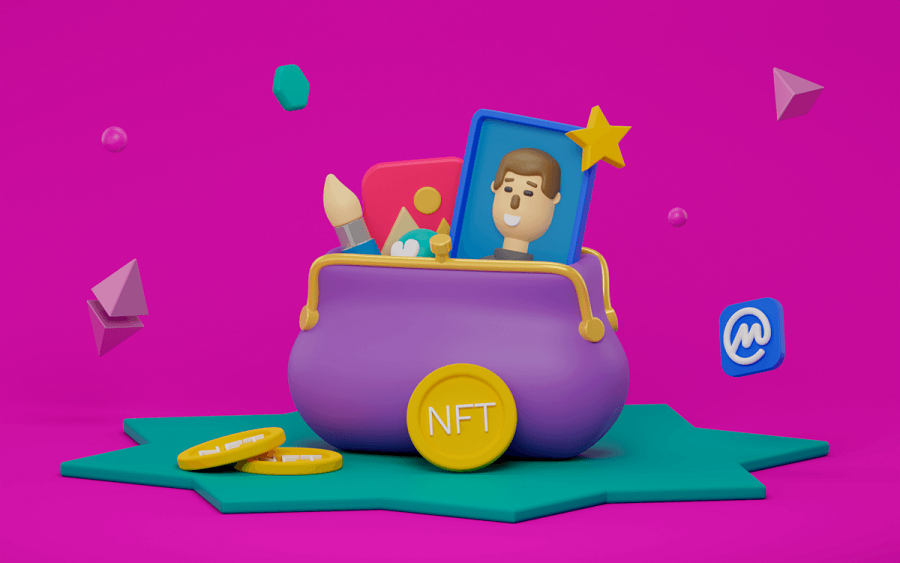As crypto mining becomes more popular, it becomes more difficult to make money. Various factors play into the rewards one can earn through crypto mining, including something known as mining difficulty. But what is crypto mining difficulty and how can it affect your mining venture?
What is the difficulty level of crypto mining?
Crypto mining difficulty relates to how difficult it is to successfully mine a cryptocurrency block in the proof of work (PoW) consensus mechanism. It is related to how many hashes must be guessed in the mining process before a new block can be added to the chain (which we will explain a bit more later). The higher the mining difficulty of a cryptocurrency, the more energy you need to have a chance to mine a block.
Many valuable cryptocurrencies can currently be mined via the PoW mechanism, including Dogecoin, Litecoin, Monero and Ravencoin. But the most valuable coin you can mine today is Bitcoin.
Difficulty of mining bitcoin
The Bitcoin mining industry has become extremely competitive in recent years due to the massive increase of individuals looking to make money through mining Bitcoin.
Therefore, Bitcoin is now one of the most challenging cryptocurrencies to mine. Because Bitcoin itself is very valuable, the mining rewards are quite hefty. At the time of writing, the Bitcoin block reward stands at 6.25 BTC, which equates to around $130,000 USD at the time of writing. This is undoubtedly alluring to miners, even though Bitcoin’s reward is designed to halve every four years.
Currently, it takes about ten minutes to mine a Bitcoin block. In this process, miners must use the mining hardware to reach a number (or hash) lower than or equal to the “nonce” or the number that is only used once. When a miner’s hardware solves the calculation problem and produces an acceptable number, they can add a new block to the blockchain and get the mining reward.
But the high mining difficulty is not always a bad thing. The higher the difficulty level of a cryptocurrency, the more secure it is. This is because a malicious group would need an enormous amount of power to take over and control the network through a 51% attack. So there are two sides of difficulty with crypto mining.
Bitcoin’s mining difficulty is also reset regularly. After a certain number of Bitcoin blocks are mined, all nodes must be recalculated, which resets the difficulty. When there is an increase in the number of miners in the network, Bitcoin’s algorithm will increase the difficulty level so that blocks cannot be mined too quickly. The less time it takes to mine a block, the less time miners spend ensuring each block is valid and therefore reaching a consensus.
Bitcoin’s total supply is set at 21 million. This means that there will only be so many Bitcoins in existence. Because this supply limit is relatively low and Bitcoin is very popular, the network must ensure that coins are not put into circulation too quickly. This helps Bitcoin keep its price somewhat stable (at least in cryptocurrency terms), as cryptocurrency prices often depend on a balance between supply and demand. If supply exceeds demand, the price is likely to fall.
Today, Bitcoin’s difficulty is measured in trillions, although the number is often simplified to a shorter number. For example, Bitcoin’s difficulty at the time of writing is 36.84 trillion (or 36,840,000,000,000), but is written as 36.84.
Bitcoin mining difficulty generally increases over time, which is the case for many cryptocurrencies.
Altcoin Mining Difficulty
Dogecoin, Litecoin and Monero have all experienced an increase in mining difficulty since 2020, although the degree of growth varies from coin to coin. The mining difficulty of cryptocurrencies is somewhat similar to their prices in that they are constantly fluctuating and subject to significant changes at any time. Such is the nature of cryptocurrency!
But some cryptos do not see a general increase in mining difficulty, such as Bitcoin Cash and Feathercoin. If the number of miners in a network decreases, the difficulty will also decrease.
Difficulty is an integral part of the mining industry
While many miners find increasing difficulty very frustrating, this element of proof of work blockchains is undoubtedly crucial. Without the difficulty of mining, these networks could not maintain security and control the circulating supply as easily. So while it may seem like an inconvenience when it increases, it also serves an important role for the network and therefore for the users.





